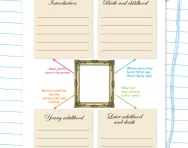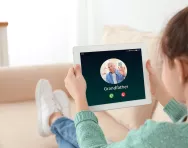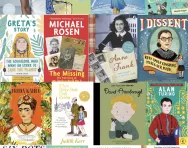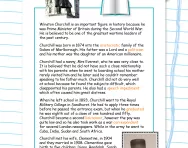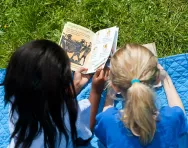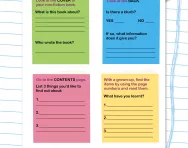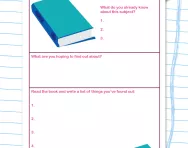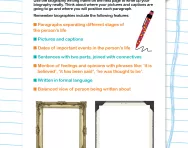Important update from TheSchoolRun
For the past 13 years, TheSchoolRun has been run by a small team of mums working from home, dedicated to providing quality educational resources to primary school parents. Unfortunately, rising supplier costs and falling revenue have made it impossible for us to continue operating, and we’ve had to make the difficult decision to close. The good news: We’ve arranged for another educational provider to take over many of our resources. These will be hosted on a new portal, where the content will be updated and expanded to support your child’s learning.
What this means for subscribers:
- Your subscription is still active, and for now, you can keep using the website as normal — just log in with your usual details to access all our articles and resources*.
- In a few months, all resources will move to the new portal. You’ll continue to have access there until your subscription ends. We’ll send you full details nearer the time.
- As a thank you for your support, we’ll also be sending you 16 primary school eBooks (worth £108.84) to download and keep.
A few changes to be aware of:
- The Learning Journey weekly email has ended, but your child’s plan will still be updated on your dashboard each Monday. Just log in to see the recommended worksheets.
- The 11+ weekly emails have now ended. We sent you all the remaining emails in the series at the end of March — please check your inbox (and spam folder) if you haven’t seen them. You can also follow the full programme here: 11+ Learning Journey.
If you have any questions, please contact us at [email protected]. Thank you for being part of our journey it’s been a privilege to support your family’s learning.
*If you need to reset your password, it will still work as usual. Please check your spam folder if the reset email doesn’t appear in your inbox.
What are biography and autobiography?
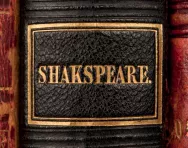
What are biography and autobiography?
A biography is a text written about someone else's life (usually someone famous). An autobiography is a text written about one's own life.
Children in Year 6 may be taught the unit: 'Biography and Autobiography' as suggested in the Primary Literacy Framework.
Features of biographical and autobiographical texts
If a teacher chooses to concentrate solely on biographies, children will start by reading a range of biographies, either about various different people or just about one person.
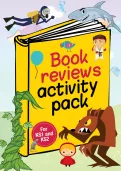
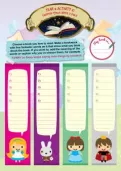
Claim A FREE Book Reviews Activity Pack!
- A huge collection of creative writing & reading comprehension resources
- Explore texts, deepen understanding, share opinions
- For Year 1 to Year 6
They will look at the features of a biography, which include:
- Written in formal language
- Use of compound and complex sentences, containing connectives
- Written in the past tense and usually written in chronological order (in time order)
- Text split up into paragraphs (usually each paragraph will detail the events of each part of the person's life, for example: one paragraph to explain their childhood, one to explain their early adulthood etc.)
- Dates included so that the reader knows what happened and when
- Phrases such as: 'It is believed', 'It was thought', 'Many people claimed', 'There was a rumour that' etc. to show that history is based on stories that have been passed on over many years and some things cannot be stated as facts
- Pictures and captions
How do primary children study biographies?
Usually, children will be given photocopied texts to read and then they may be asked to text-mark the above features to show that they understand how a biography is set out and what is included.
Children may then be asked to choose their own famous person that they are interested in. They will be asked to find as much information about this person and make notes on them. Often teachers give children labelled spider diagrams to help children organise their information, but more able children may be asked to organise the information in their own way. An example of a spider diagram is below:

Children will then be asked to start drafting their biography, using the notes they have collected. Once they have done this, they will go through a process of editing their writing. Usually, a teacher will mark the first draft and write comments and suggestions on it to help them with this. Another method, is for pairs of children to swap their writing and then discuss with their partner how the writing could be improved.
Finally, children will write up their biographies in neat. They may plan how their finished piece is going to look, including title, pictures and captions. Children then produce their finished piece of writing, either on the computer or in their own handwriting.
There are also hundreds of wonderful biographies written especailly for kids to read – look through our pick of the best biographies and autobiographies for children.
Biography and autobiography are non-fiction texts. For more details how how non-fiction texts are taught in KS1 and KS2 see our parents' guide, What is non-fiction?

